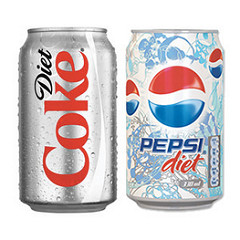THE COMMON DENOMINATOR
April 9, 2018
 Changing our behavior, habits, attitude, or any aspect of our lives can be a difficult thing to do. I am not writing as an expert on this subject as I have the same struggles as everyone else with change. However, repeated awareness of changes we want to make is one strategy to move us closer to making that change.
Changing our behavior, habits, attitude, or any aspect of our lives can be a difficult thing to do. I am not writing as an expert on this subject as I have the same struggles as everyone else with change. However, repeated awareness of changes we want to make is one strategy to move us closer to making that change.
A good example is Mary, a patient of mine. Mary is an adult who has had issues with decay (bacterial disease that breaks down tooth structure), dental erosion (chemical breakdown of tooth structure), and gum recession (loss of the supporting structures of the teeth). When people like Mary present with these problems, we dentists present treatment to “fix” the problems. However, the reasons “WHY” these issues are occurring are just as important, if not more so, than the “fixes” we propose.
Mary drinks diet soda. In fact, Mary doesn’t just drink diet soda; she has a diet soda by her side all day long. At a recent event I saw Mary sitting and listening intently to the presentation. At her side was her diet soda. Every few minutes Mary would unscrew the diet soda cap and take a swig.
The three main dental issues Mary has: decay, erosion, and recession, have many different etiologies. One common denominator is pH, which is a scale used to describe the acidity or alkalinity of solutions or environments. The lower the pH the more acidic the solution or environment is. In order for any of the three disease processes described above to occur, the pH of the oral environment has to be acidic.
While there are many reasons the pH of the oral environment can be acidic, such as medications or disease, dietary factors play a significant role. A pH lower than 5.5 in the oral cavity puts you at risk for dental disease. Most tap water, for example, has a pH of 7. The average diet soda has a pH of 3.28. Stomach acid has a pH between 1-2. Diet soda is very acidic.
Having a diet soda with a meal on occasion is most likely not a problem. Typically, after consumption of an acidic beverage, your saliva will neutralize (make your mouth more alkaline and less acidic) within about a half hour. That is why you may have heard that you should wait at least a half hour before brushing your teeth after meals. The problem with Mary sipping the diet coke all day long is that the pH of her mouth is always acidic. This creates a very dangerous environment.
Quieter drills, new materials and technologies will not solve these problems. While etiologies such as medications that can cause dry mouth and a very acidic environment are difficult enough to manage, behavioral issues are often not discussed in enough detail, or at all, because they can be more difficult to manage.
Avoidable dental problems are the last thing a patient wants to hear about and a dentist wants to see. In addition, we as providers need to adopt a more preventive approach to the conditions I discussed in this column. Next week I will introduce you to one way I am currently studying.
No Comments
No comments yet.
RSS feed for comments on this post.
Sorry, the comment form is closed at this time.







